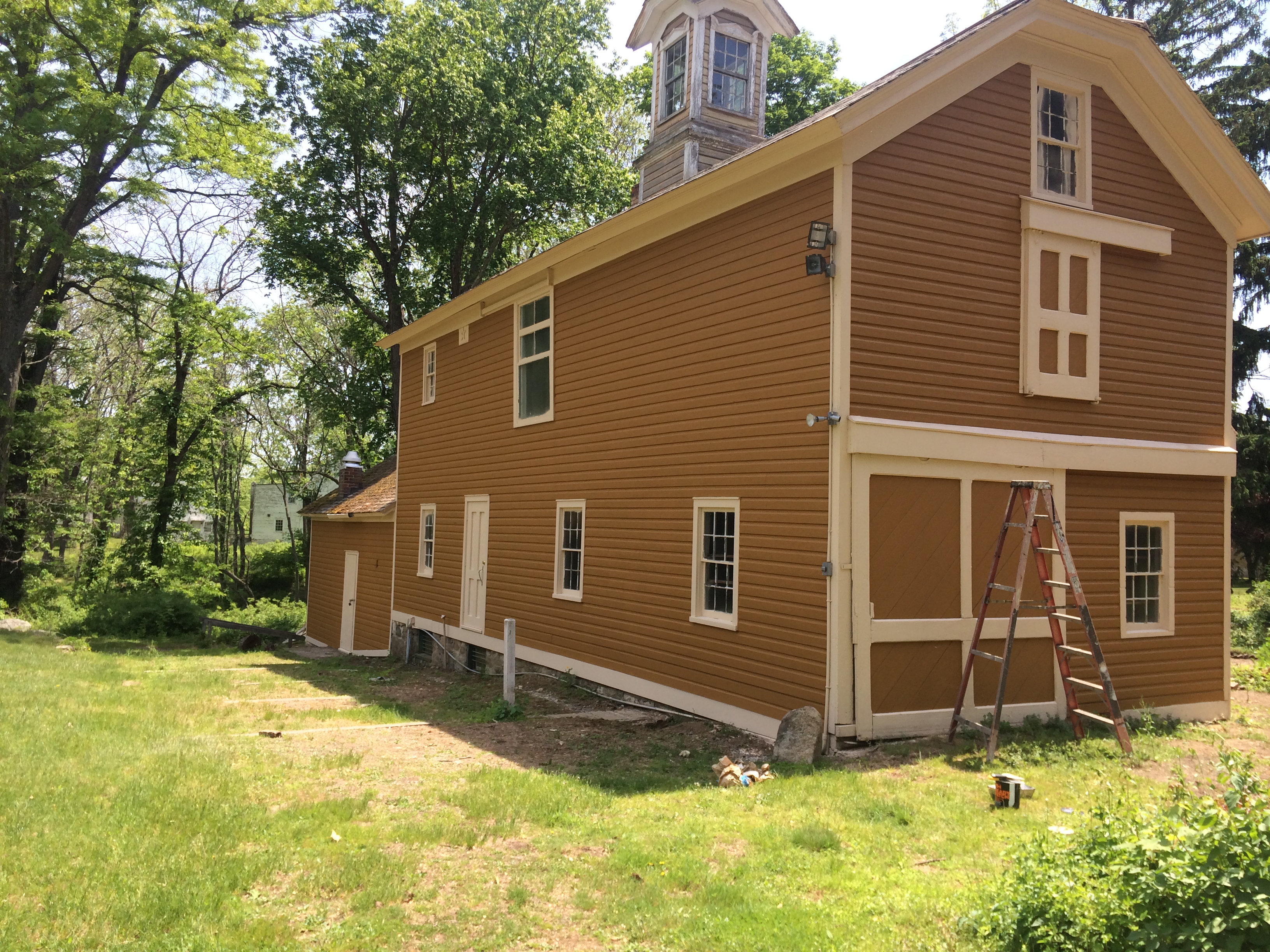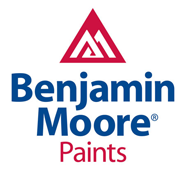Protecting the Garden State’s Architectural Legacy
New Jersey is rich with history, its story told through the beautiful architecture of its towns and cities. From stately Victorian homes in Cape May to the classic colonial structures scattered throughout the state, these buildings are more than just properties; they are tangible links to our past. Preserving these historic sites requires a specialized approach, especially when it comes to painting. A fresh coat of paint does more than just beautify; it’s a critical layer of protection against time and the elements. For property managers and owners of historic buildings in places like Red Bank, understanding the nuances of historic painting in New Jersey is the first step toward responsible stewardship.
Unlike standard painting projects, historic restoration demands a deep respect for the building’s original character, materials, and historical context. It involves meticulous research, careful surface preparation, and the use of specific materials that protect the structure’s integrity without compromising its authenticity. This guide explores the essential elements of a successful historic painting project, ensuring your landmark property remains a testament to New Jersey’s heritage for generations to come.
The Difference is in the Details: What Sets Historic Painting Apart
Painting a historic building is a craft that blends art with science. It goes far beyond simply applying a new color. The process begins with a thorough assessment to understand the unique needs of the structure. This often involves identifying original paint layers to determine historically accurate color palettes.
Surface preparation is arguably the most critical phase. For older buildings, this might mean addressing decades of paint buildup, weathering, and decay. Techniques like gentle washing, scraping, and sanding must be performed with precision to avoid damaging delicate wood, brick, or stonework. For tougher jobs involving rust or old,顽固 coatings on metal, specialized methods like sandblasting may be necessary, but only when executed by experienced professionals who understand how to control the pressure and abrasive media to protect the underlying surface. The goal is always preservation, not aggressive removal.
Choosing the right materials is equally vital. Modern paints aren’t always suitable for historic substrates. Older buildings need to “breathe,” allowing moisture to escape. Using non-breathable, film-forming paints can trap moisture, leading to peeling, rot, and long-term structural damage. Professional contractors specializing in historic work understand the chemistry of both old and new coatings, ensuring the selected primers and paints are compatible with the historic materials.
The Importance of Historically Accurate Colors
Color is a defining feature of a historic building’s identity. Choosing a color scheme is not just a matter of personal taste but one of historical accuracy. The color palettes used in the 18th, 19th, and early 20th centuries were often derived from natural pigments, resulting in more muted and earthy tones than the vibrant synthetic colors available today.
A professional historic painting contractor will often collaborate with historic preservation consultants or use paint analysis to uncover the original colors of a building. This investigative process might involve carefully sanding back small, inconspicuous areas to reveal the layers of paint history. Restoring a building with its authentic colors can dramatically enhance its historical value and visual appeal, honoring the architect’s original vision. This dedication to authenticity is a hallmark of true commercial painting contractors who specialize in historic restoration.
Did You Know?
New Jersey has one of the most robust historic preservation programs in the United States. The New Jersey Historic Trust, established in 1967, provides financial and technical assistance to save and promote historic sites throughout the state. Many towns, including Red Bank, have local historic preservation commissions that provide guidelines and review proposed changes to designated historic properties to ensure their character is maintained.
The Red Bank Angle: Preserving Our Local Treasures
Red Bank, New Jersey, boasts a vibrant downtown with a rich collection of historic commercial buildings and charming residential streets lined with classic homes. Preserving the architectural integrity of these properties is crucial to maintaining the town’s unique character and appeal. For owners of these local treasures, whether a Main Street storefront or a beautiful old home, partnering with a knowledgeable painting contractor is essential.
A local contractor with experience in residential and commercial historic painting will be familiar with the architectural styles prevalent in Red Bank and the surrounding Monmouth County area. They understand the specific challenges posed by the region’s climate—from humid summers to cold, damp winters—and can recommend the best protective coatings to ensure longevity. Choosing a company like Spectra Painting, which has served New Jersey since 1989, provides peace of mind that your project is in the hands of seasoned professionals committed to quality craftsmanship.
Ready to Restore Your Property’s Historic Beauty?
Whether you’re preserving a historic landmark or restoring a cherished older home, the right partner makes all the difference. Spectra Painting brings decades of expertise in historic restoration, commercial painting, and residential services to projects across New Jersey.
Frequently Asked Questions (FAQ)
Why is hiring a specialist in historic painting so important?
A specialist understands the unique chemistry of historic building materials and the proper techniques required to paint them without causing damage. They can ensure historical accuracy in color and finish, use breathable paints to prevent moisture damage, and navigate the guidelines of local historic preservation commissions, ultimately protecting your property’s value and integrity.
How do you determine the original color of a historic building?
Professionals use a method called paint analysis. This involves carefully removing small samples of paint from multiple areas of the building and examining the layers under a microscope. This reveals the sequence of colors applied over the years, allowing for an accurate recreation of the original or a historically significant color scheme.
Can modern techniques like electrostatic painting be used on historic projects?
Yes, in certain applications. Electrostatic painting is ideal for metalwork such as fences, railings, and hardware. It provides a durable, factory-like finish with minimal overspray, making it an efficient and clean way to restore metal components while protecting adjacent historic surfaces.
What is the typical process for a historic painting project?
A typical project includes an initial consultation and site assessment, historic research (including color analysis if needed), meticulous surface preparation, application of appropriate primers and topcoats, and detailed finish work. Throughout the process, there is a strong focus on protecting the property and maintaining open communication with the client.






